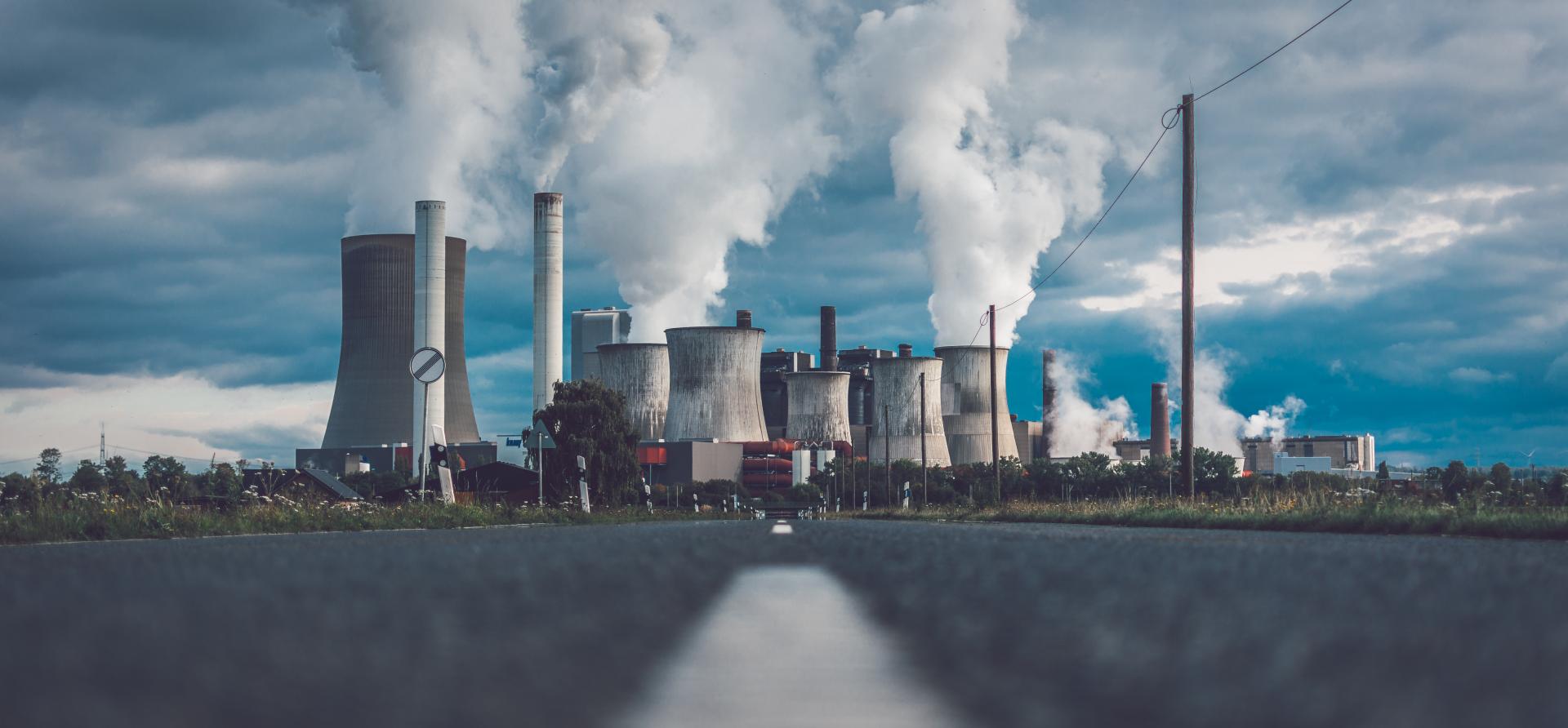EPH’s new green bond issuance reveals flaws in transition plan

Key Findings
EPH’s new green bonds may not meaningfully contribute to decarbonising its power generation capacity, reflecting high incompatibility with its overall transition plan.
The new issue lacks clear support from a credible capital expenditure record or pipeline that substantially contributes to climate objectives.
The green bond issuance will improve disclosure, enabling continued scrutiny of EPH’s transition plan; however, the coal transfer to a sister company lowers transparency for a significant part of the group’s carbon-intensive assets.
Czech energy group Energeticky a prumyslovy holding, a.s. (EPH) has turned to green bond financing for the first time as its transition plan comes under close scrutiny. On 31 May 2024, the company issued five-and-a-half-year €500 million senior unsecured green bonds. This event follows the company’s return to international bond fundraising in November 2023.
The proceeds of the bonds will be used to finance the projects set out in the company’s green finance framework released on 7 May 2024. The green finance framework has been reviewed by S&P Global (which assesses it as “light green”, the third highest score on a seven-point scale) and Sustainable Fitch (assessing it as “good”, the second highest score on a four-point scale). The green bonds do not reflect the best credentials by reviewers, but obtaining two reviews is commendable, exceeding the usual market practice of one review.
By issuing green bonds, EPH’s transition plan and progress have increased clarity. (IEEFA wrote after the last bond issuance in November 2023 that EPH’s transition plan had lacked a clear climate-aligned implementation and investment strategy.) The company is committed to science-based Scope 1 and 2 targets in line with the Transition Pathway Initiative’s below-two-degree pathway. However, the carbon trajectory remains weakly positioned among key European utilities: Some advanced players have 1.5-degree-aligned pathways approved by the Science Based Targets initiative.
EPH expects a large part of its emission reduction to be driven by its stated coal phase-out by 2030, but this involves transferring its lignite- and coal-intensive assets in Germany to sister company EP Energy Transition (EPETr) by the end of 2025. EPH plans to shut down its lignite operations in Germany by 2034-2035. The transfer allows EPH to exclude these assets from its consolidated emissions calculations and provides flexibility to the ultimate coal phase-out date, resulting in lower transparency and clarity about the strategy, actions and investment needs of EPETr’s energy transition.
EPH further counts on reduced full load hours of existing gas power plants by 2033 to drive emission reductions. Meanwhile, EPH has no plans to develop renewables, which raises doubts about the forward-looking profile of its power business. (The company indicates that renewables development, primarily in Germany, shall be realised by EPETr.) To reach net zero by 2050, continued substantial emission reductions are required beyond 2033. Without a clear phase-out plan for its gas-fired plants, EPH will have to rely on carbon capture and storage, which, in IEEFA’s view, remains an unproven technology.
The green finance framework commits EPH to allocating its bond proceeds to projects that meet the European Union (EU) taxonomy’s ‘substantial contribution’ criteria. IEEFA welcomes this promise, which prevents investments in new unabated fossil fuels; however, IEEFA remains concerned about the materiality of the bonds’ environmental return.
EPH’s green bonds issuance shows very limited coherence with its group-wide transition plan, in IEEFA’s view. The bond proceeds seem unlikely to meaningfully contribute to the decarbonisation of the power generation business, which accounted for 82% of the company’s revenue generation and 66% of its reported EBITDA in 2023. With an absence of plans to develop renewable power, the green bond-eligible projects include coal-to-gas hydrogen-ready power plants under the EU taxonomy’s ‘electricity generation from fossil gaseous fuels’ activity. It is not entirely certain that its projects under development fully fulfil the taxonomy requirements: Only 8% or €35 million of its capital expenditure (capex) spent on electricity generation from fossil gaseous fuels was reported to be aligned with the EU taxonomy in 2023; none of the revenues generated from the activity were EU taxonomy-aligned in 2023.
The rest of EPH’s green bond-eligible projects come from activities under its 69%-owned gas infrastructure subsidiary EP Infrastructure (EPIF), which issued a €285 million green Schuldschein loan in March 2024. But the subsidiary accounted for only 12% of the group’s direct carbon footprint in 2023.
EPH’s green bonds lack clear support from a credible capex record or pipeline that contributes to climate objectives: In 2023, the company spent €178 million on EU taxonomy-aligned capex, representing just one-fifth of its total capex for that year and much less than its €785 million of green financing issued (EPH’s green bonds and EPIF’s green Schuldschein); meanwhile, the company has not clearly outlined its near- to medium-term EU taxonomy-aligned capex targets. Also, considering the rather low indicative new project financing share at 16% versus refinancing at 84% of the green bond proceeds, this materially limits the environmental additionality of the green bond issuance, in IEEFA’s view.
S&P Global’s review indicates that EPH’s green bond-eligible projects do not meet the EU taxonomy ‘do no significant harm’ criteria. This renders the bonds incompatible with the upcoming European Green Bond Standard (EUGBS), a standard that would bind the bonds with better credibility and transparency. IEEFA has proposed that a track record of EUGBS-labelled bonds could translate into lower transition risks through four pillars: commitments, capex pipelines, green asset delivery and governance. While EPH will need to significantly step up its transition strategies for EUGBS readiness, it can enhance the credibility of its labelled bond issuance through combining the use of proceeds safeguards with a sustainability-linked structure. Setting relevant performance targets—such as EU taxonomy-aligned capex and revenues, emission intensity reduction and installed renewable capacity—could demonstrate the seriousness of the company’s commitment and better coherence with its transition plans.
EPH is committed to annual allocation and impact reporting. This bond issuance is still a positive development that will improve disclosure, which can help hold the company accountable for its transition progress versus promises. Demonstrating credible progress—including that related to EPETr’s transferred coal assets—towards 2028-29 is particularly critical as EPH will face significant refinancing needs by then.
















